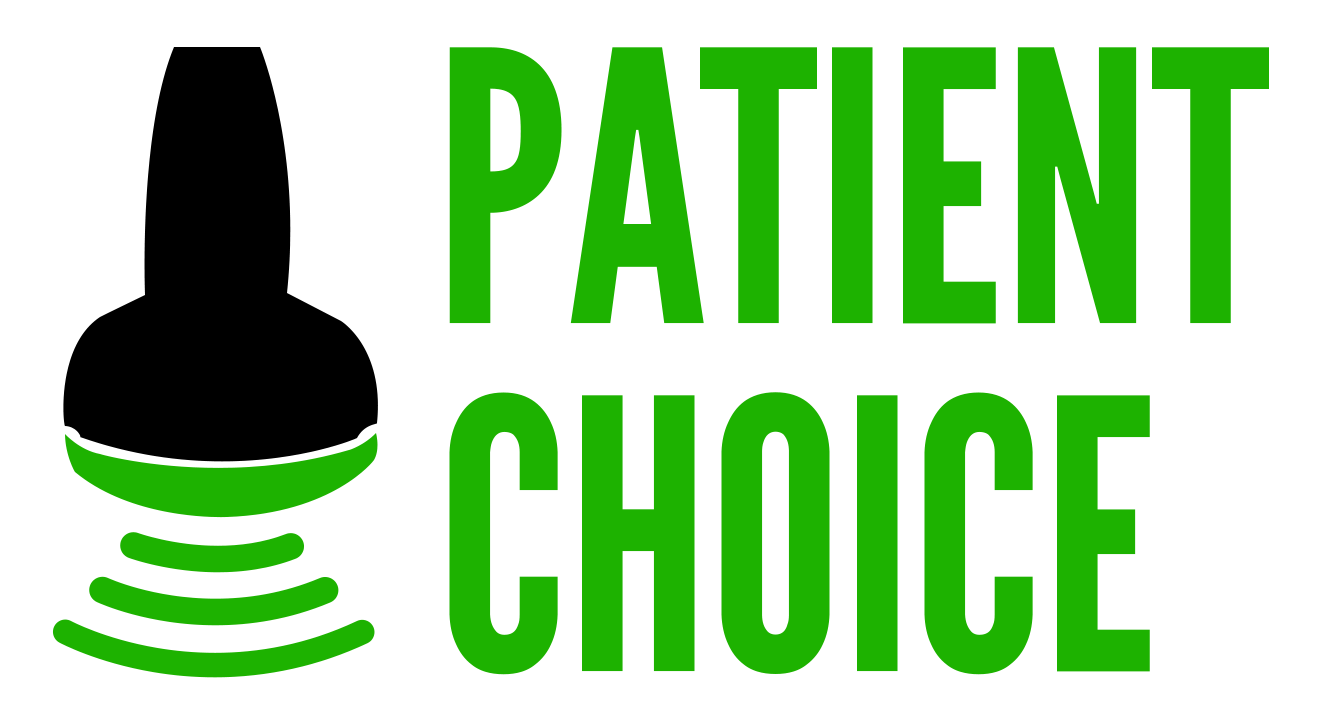Services
Stem Cell Therapy
The use of stem cells to treat various medical ailments or diseases is referred to as “Stem Cell Therapy.” In many circumstances, Stem Cell Therapy can provide a non-invasive alternative to surgery for a variety of painful and even debilitating illnesses, such as joint injuries, arthritis, and degeneration caused by misuse or aging.
Stem cell technology is quickly advancing, providing patients with a growing variety of stem cell treatment choices. There are also significant distinctions between these choices, particularly in terms of where the stem cells come from and how they are processed, as well as the types of doctors or people who perform the treatments and, ultimately, their safety and effectiveness.
Stem cell treatment uses a drug-free serum of naturally occurring stem cells, hyaluronic acid, and cytokines to help your body recover itself. These growth agents cause localized cell proliferation in the injected location after injection. Cells proliferate and divide during the next few weeks, generating new tissues that help mend damaged or injured areas without surgery.
The speed with which your body responds determines the outcome: some people report significant pain relief in just a few weeks, and dramatic pain reduction in as little as two months.
- Knee
- Shoulder
- Wrist
- Hip
- Elbow
- Ankle
Frequently Asked Questions About Stem Cells
A stem cell is a type of cell that can be found in your body, as well as in the bodies of other animals and multicellular organisms. Stem cells, on the other hand, have a unique property that makes them particularly valuable for medical treatment: they can “differentiate” – or change – into different types of cells. They can also divide, resulting in the production of new stem cells of the same kind.
This means that stem cells can help your body mend itself by transforming into the cells required to rebuild and repair damaged tissue.
You may have heard about stem cells harvested from human embryos and umbilical cords in recent years; however, stem cells may be located and accessed in adult humans from a variety of sources, including bone marrow, blood, and fat cells. Different stem cell treatments may use stem cells produced from various sources, with varying degrees of efficacy, as well as potential safety and ethical concerns.
We use the Institutional Review Board approved protocol for stem cell therapy, which sources stem cells directly from your own body fat, offering both ethical as well as safety advantages to our patients.
The abdomen, flanks, or other appropriate area is chosen as a donor site. A local anesthetic (numbing fluid) is injected into the underlying fat through the skin. A very small incision is made, and fat cells are gently removed into a specially constructed syringe using a small fat-removing device known as a cannula. After that, the donor area is compressed.
The fat cells are placed in a centrifuge that spins the syringes, separating the fat from any extra fluid. After the fluid is drained, the fat cells are combined with Liberase (collagenase), a digestive enzyme that digests these stem-cell-rich tissues. The stem cells are then concentrated in the lower region of the syringe by spinning the specimen again. The stromal vascular fraction, or stem cell solution, is then combined with platelet-poor plasma to neutralize the collagenase. The stem cell solution is now ready to be injected into a joint or given intravenously.
When human tissue is harmed, it releases substances known as cytokines. Cytokines operate as little beacons, attracting stem cells to a specific area. In fact, we’ve heard of several cases where a patient receives a Stem Cell surgery and another part of their body heals as well.
Yes, stem cells are immune-privileged, which means they will not cause the body to respond negatively or reject them. There are no side effects that have been reported.
Activate Natural Healing
Your body’s own platelets, stem cells, and growth factors can be stimulated by modern regenerative medicine therapies to boost healing and hasten restoration for bone, muscle, joint, soft tissue, and nerve injuries. These pain treatments may help your body recover itself by repairing wounded tissues, reducing inflammation, and allowing your body to heal itself.
Many patients who have not received adequate relief from conventional treatments such as anti-inflammatory medicines, cortisone injections, physical therapy, or surgery have found success with this regenerative, non-surgical treatment.
Is stem cell therapy right for you?
Patients who have failed conventional treatments such as anti-inflammatory drugs, cortisone injections, physical therapy, surgery, and rest benefit most from these therapies. The first stage is to determine whether or not you are a candidate.
We provide consultations to assess the damage and provide treatment options that are unique to each patient. Insurance will cover the initial consultation. The success rates of regenerative procedures are complex and will be discussed during your initial consultation.
Who can have the procedure?
Regenerative medicine is a viable option for those who have just been injured or suffer from chronic pain, as well as those who want to avoid surgery, delay the need for surgery, or simply aren’t surgical candidates.
Some individuals see it as a means to avoid taking pain drugs or getting steroid therapy. These operations rarely have an age limit. During the initial consultation, the doctor will determine if you are a candidate.
Am I a Good Candidate for a Stem Cell Procedure?
If you’ve been suffering from joint discomfort and want to enhance your quality of life without invasive surgical treatments, you might be a good candidate for stem cell therapy.
